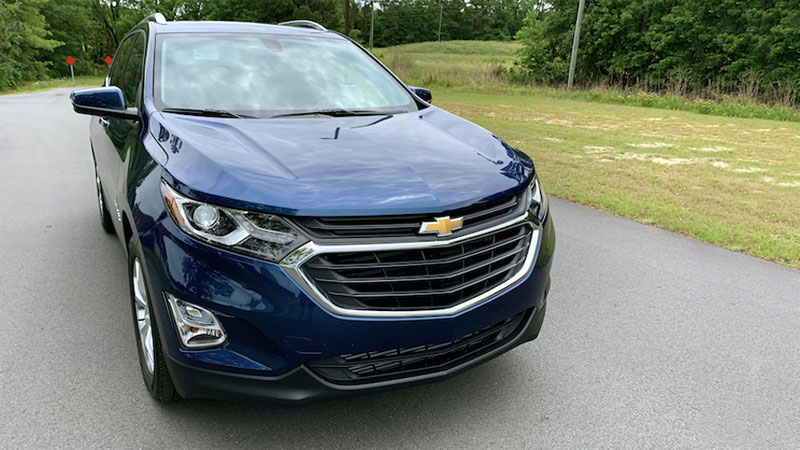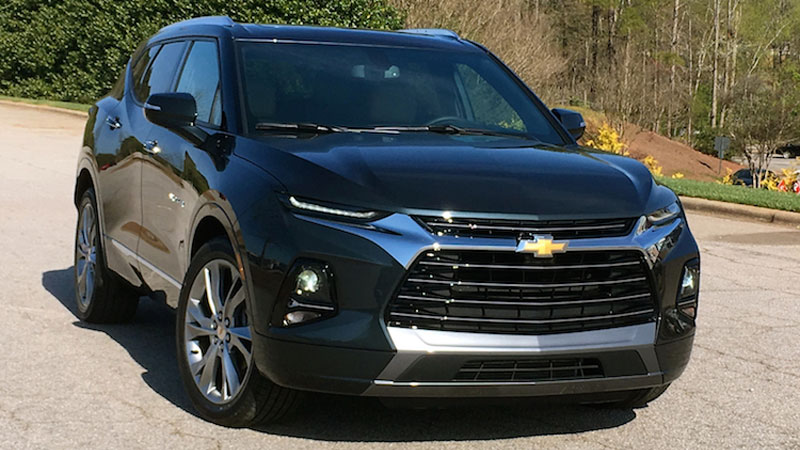2019 Chevrolet Equinox (Choose Your Turbocharged Engine: Gas or Diesel?)
As the market shifts from sedans to crossover utility vehicles, the Chevrolet Equinox remains poised to capture the lion’s share of Chevy faithful. This SUV has always been a smart alternative to such car models like the Cruze and Malibu, and is itself a five-passenger vehicle with ample engine choices. … Read more


